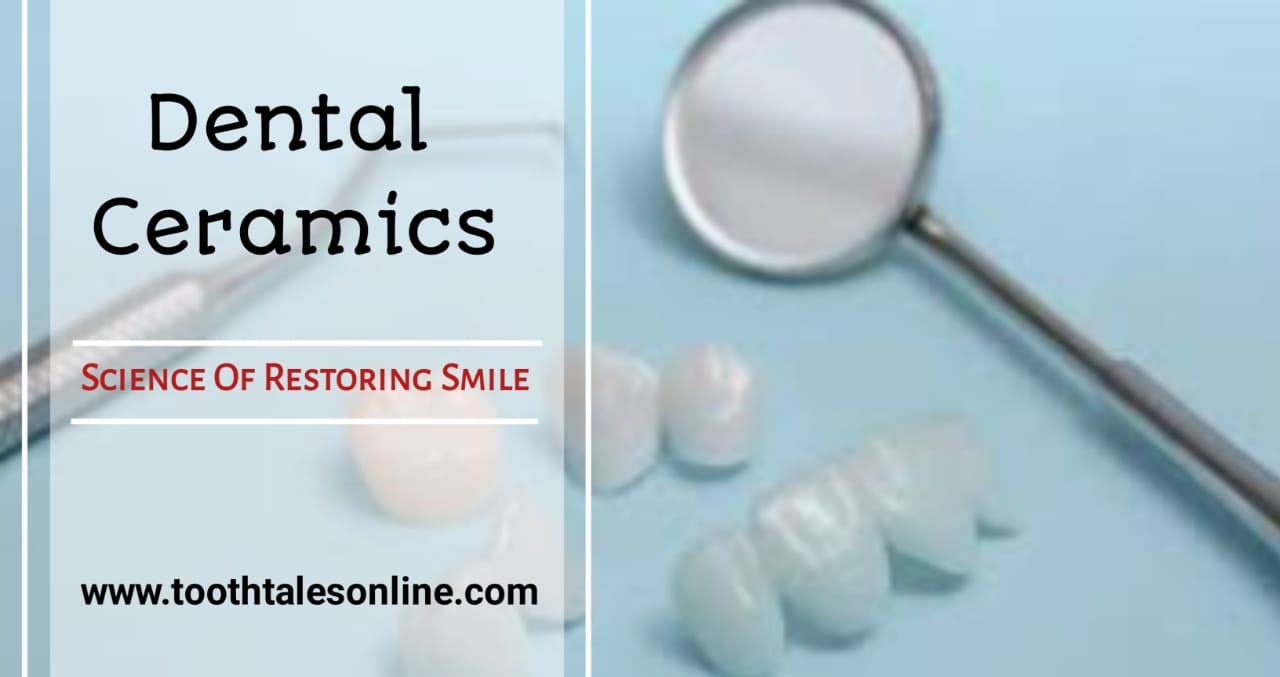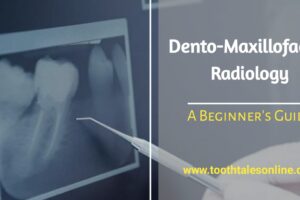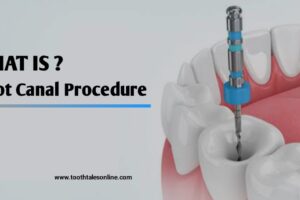Introduction:
Dental ceramics play a crucial role in modern dentistry. They not only enhance the appearance of teeth but also improve their function and strength. In this easy-to-understand guide, we will explore everything you need to know about dental ceramics, including their composition, types, uses, and why they are important for achieving a natural-looking smile.
What Are Dental Ceramics?
Dental ceramics are specially designed materials used in dental treatments. Dentists rely on them to create crowns, bridges, veneers, and inlays/on lays. One of the best things about dental ceramics is that they are crafted to resemble real teeth, blending perfectly with your natural smile. Moreover, they are popular because they are durable, safe for the body, and can withstand the forces of chewing and biting.
Types of Dental Ceramics:
These are some common types of Dental Ceramics include:
1.Porcelain:
First and foremost, porcelain is one of the most commonly used materials in restorative dentistry. Its color and translucency closely mimic natural teeth, making it ideal for custom restorations like crowns and veneers. Additionally, these porcelain restorations are created in dental labs with precision to match the color, shape, and texture of your existing teeth.
2.Zirconia:
On the other hand, zirconia is a ceramic made from zirconium oxide, known for its strength and durability. It’s especially beneficial for crowns and bridges placed in the back of the mouth, where chewing forces are stronger. Furthermore, zirconia restorations are produced using advanced computer technology, ensuring a precise and comfortable fit.
3.Lithium Disilicate:
Another type of ceramic is lithium disilicate, which offers both strength and aesthetics. This glass-ceramic is suitable for both front and back teeth due to its durability and pleasing appearance. Lithium disilicate restorations can be created using either milling technology or pressing techniques, allowing for tailored solutions based on the patient’s needs.
How Dental Ceramics Are Used?
Here is guide of using dental ceramics,
1.Crowns:
Crowns are designed to cover the entire visible part of a tooth, restoring its shape, size, strength, and appearance. Ceramic crowns are a popular choice because they not only look natural but also offer long-lasting results.
2.Bridges:
Similarly, dental bridges are used to replace one or more missing teeth. Ceramic bridges provide a strong, natural-looking solution by securing artificial teeth to nearby natural teeth or implants, ensuring a seamless appearance.
3.Veneers:
Veneers are thin ceramic shells placed on the front surface of teeth to enhance their appearance. They are ideal for correcting issues such as discoloration, minor misalignments, or chips. Ceramic veneers require minimal tooth preparation and offer a balanced, natural-looking smile.
4.Inlays/On lays:
Inlays and on lays are indirect restorations that repair moderately damaged teeth. While inlays fit inside the tooth, on lays extend to cover one or more cusps. Ceramic inlays and on lays are a superior alternative to metal fillings, helping to preserve more of the tooth’s natural structure.
Why Are Dental Ceramics Important?
Importance of Dental ceramics are defined through these steps,
1.Restoring Function:
One key benefit of dental ceramics is their ability to restore the strength and function of damaged or missing teeth. This allows patients to chew, speak, and smile confidently.
2.Improving Aesthetics:
In addition to functionality, ceramic restorations closely mimic the appearance of natural teeth. They blend effortlessly with surrounding teeth, creating a beautiful and natural smile.
3.Biocompatibility:
Moreover, dental ceramics are biocompatible, meaning they are well-tolerated by the body. This reduces the risk of allergic reactions or other complications often associated with other dental materials.
4.Boosting Patient Satisfaction:
Finally, since ceramic restorations look so much like natural teeth, patients often feel more satisfied with their dental work. This leads to increased confidence and a positive impact on overall well-being.
Conclusion:
In conclusion, dental ceramics are a cornerstone of modern restorative dentistry. They offer long-lasting, natural-looking solutions for a variety of dental concerns. As technology and materials continue to evolve, ceramic restorations are becoming even more refined, providing patients with outstanding results. By using dental ceramics, dentists can restore both smiles and quality of life.
FAQs:
1.What is the difference between porcelain and zirconia crowns?
Porcelain crowns are known for their natural appearance and translucency, while zirconia crowns are much stronger and more durable, making them ideal for molars where chewing pressure is higher.
2.How long do ceramic crowns last?
With proper care, ceramic crowns can last anywhere from 10 to 15 years, or even longer in some cases.
3.Are ceramic veneers better than composite veneers?
Yes, ceramic veneers are more durable and resistant to stains compared to composite veneers. However, they are also more expensive. Composite veneers, while more affordable, may not last as long.
4.Do dental ceramics stain?
While dental ceramics are highly resistant to staining, it’s still a good idea to limit your consumption of staining substances like coffee, tea, and red wine to keep them looking their best.
5.Can I replace my metal fillings with ceramic inlays or on lays?
Absolutely! Ceramic inlays and on lays are an excellent option for replacing metal fillings. They not only provide a more natural appearance but also help preserve more of your original tooth structure.






















Add Comment